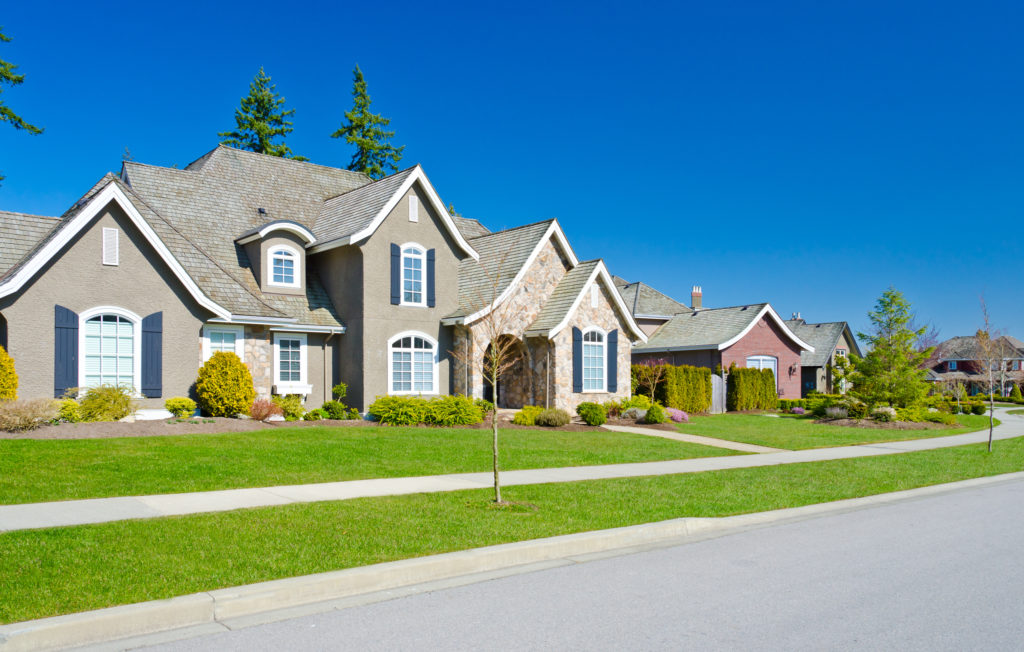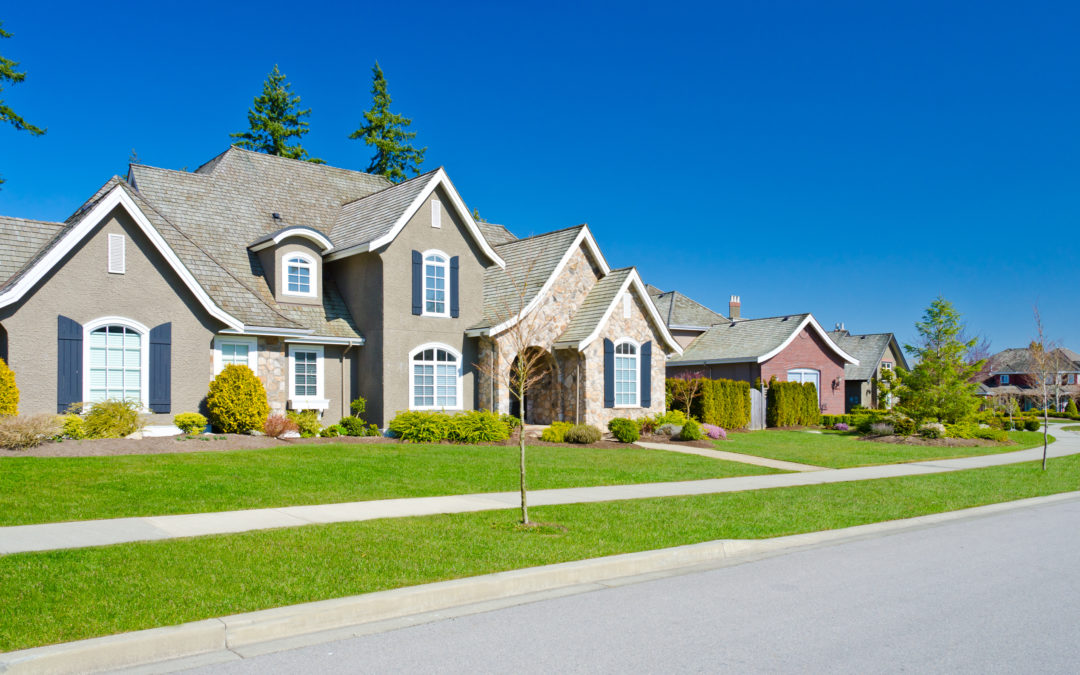
Energy isn’t the biggest expense associated with a home, but keeping the house warm and the lights on can add up over time. A few simple strategies to increase the energy efficiency of your home can make a big difference in the long run, saving you a lot of money.
1. Use energy efficient appliances
Many common household appliances have been redesigned to improve their energy efficiency. Light bulbs are a common one: different types of bulbs might be a shade dimmer than standard, or get up to full brightness slowly, in the interest of conserving energy in small ways you won’t notice. Anything with a display, like televisions and computers, can be run in energy efficient mode, which usually means a slightly dimmed screen, and plenty of other modern appliances can be programmed to use less energy at certain times of day.
2. Insulate your roof
Heat rises, and in cold months most of the heat in your home escapes through the roof. If you own a home, make the investment of properly insulating your roof: the up-front cost will more than pay for itself over time in the energy saved. If you’re in an apartment or a condo that’s not on the top floor, you can use blankets as stylish ceiling hangs that prevent losing too much heat to your upstairs neighbors. Certain types of ceiling fan are also designed to push warm air back downwards from the ceiling, preventing heat from escaping.
3. Use low-flow appliances
Usually a faucet or toilet at full pressure is much more water than you need for everyday tasks like washing dishes. Installing low-flow appliances saves money on water by reducing the flow of faucets, toilets and shower heads, usually by little enough that the only difference you notice is in your monthly water bill.
